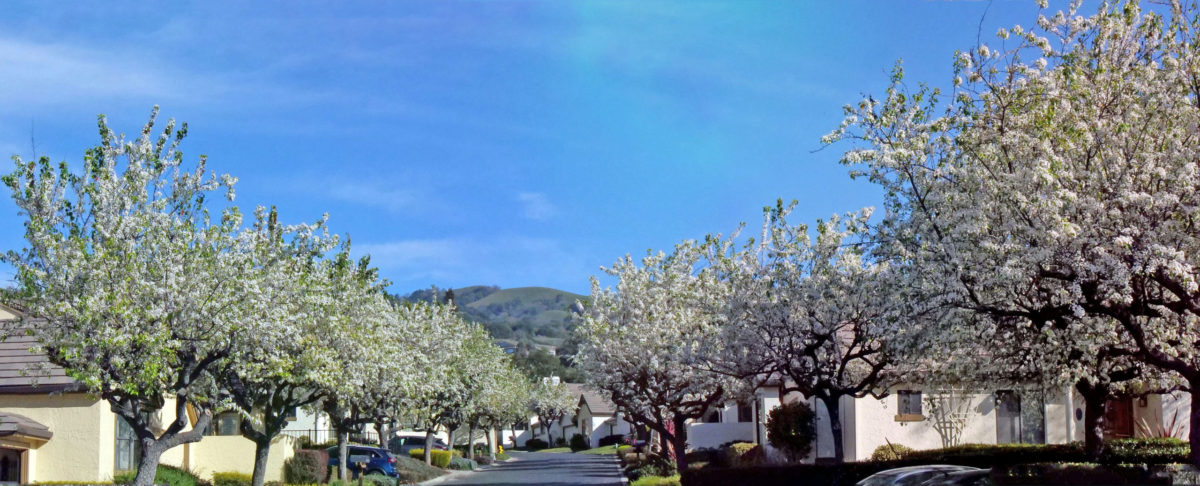TWO WAYS TO GO: PROTECTING AND PLANTING
Forests help stabilize the climate. They regulate ecosystems, protect biodiversity, play an integral part in the carbon cycle, support livelihoods, and can help drive sustainable growth.
To maximise the climate benefits of forests, we must keep more forest landscapes intact, manage them more sustainably, and restore more of those landscapes which we have lost.
Halting the loss and degradation of natural systems and promoting their restoration have the potential to contribute over one-third of the total climate change mitigation scientists say is required by 2030.
Restoring 350 million hectares of degraded land in line with the Bonn Challenge could sequester up to 1.7 gigatonnes of carbon dioxide equivalent annually.
Read the entire International Union for the Conservation of Nature brief here.
The importance of forests cannot be underestimated. We depend on forests for our survival, from the air we breathe to the water we drink. Forests provide habitats for animals and livelihoods for humans, prevent soil erosion and mitigate climate change. But deforestation rates across the planet are putting our forests under threat. Watch Ecosia video below.
The folowing video addresses planting trees vs. protecting existing forests.
Note: This video goes into an advertisement at 7min 30sec. You can stop there.
GLOBAL REFORESTING ORGANIZATIONS
LOCAL TREE PLANTING ORGANIZATIONS:
One Tree Planted – For $1, plant one tree.
Our own Anahid Gregg recently participated in a tree planting project through her employer, Lenovo.
One Tree Planted video
Our City Forest is a volunteer-based non-profit organization that serves the residents of San José by providing a range of community forestry education and services, from tree planting and care to education and fostering public awareness of the value and importance of trees.
The California Urban Forests Council (CaUFC) is a nonprofit organization that supports the development of local, regional, and statewide urban forestry programs, projects, and organizations.
The Urban Ecosystems and Social Dynamics Program (UESDP) was developed by the US Forest Service to perform research that will help increase the understanding and appreciation of the urban forest through new technology, training, and technical assistance.
The Urban and Community Forestry Program developed by the California Department of Forestry and Fire Protection (CAL FIRE) works to expand and improve the management of trees and related vegetation in communities throughout California.
Watch Sacramento City of Trees documentary here.
PROTECTING THE AMAZON RAINFORESTS
GLOBAL CITIZENS list of 7 organizations that protect the Amazon rainforests:
1. Amazon Watch
Amazon Watch fights the destruction of the Amazon, supports Indigenous rights, and finds climate justice solutions.
2. Amazon Conservation Team
Amazon Conservation Team works hand-in-hand with Indigenous leaders to ensure the long-term welfare of the Amazon Rainforest.
3. Amazon Conservation Association
Amazon Conservation Association has trained hundreds of conservationists who work to support the restoration of the Amazon Rainforest and sustainable Indigenous-led economies. The organization has planted more than 275,000 trees to date.
4. Survival International
There is no protecting the Amazon without Indigenous communities leading the way. Survival International recognizes this imperative and works to amplify the voices of Indigenous leaders.
5. International Working Group for Indigenous Affairs
The International Working Group for Indigenous Affairs focuses on protecting Indigenous cultures, which always includes an environment-first approach.
6. Rainforest Action Network
The Rainforest Action Network “preserves forests, protects the climate, and upholds human rights by challenging corporate power and systemic injustice through frontline partnerships and strategic campaigns.”
7. Rainforest Trust
The Rainforest Trust has saved more than 23 million acres of the Amazon Rainforest since 1988 by funding projects that restore and protect ecosystems.

